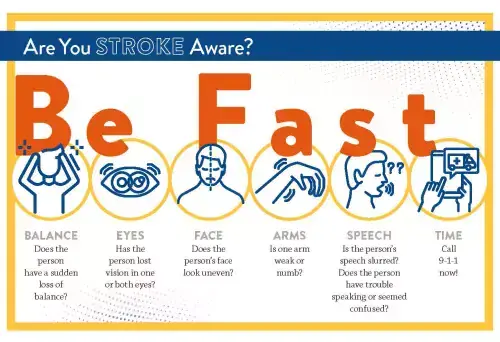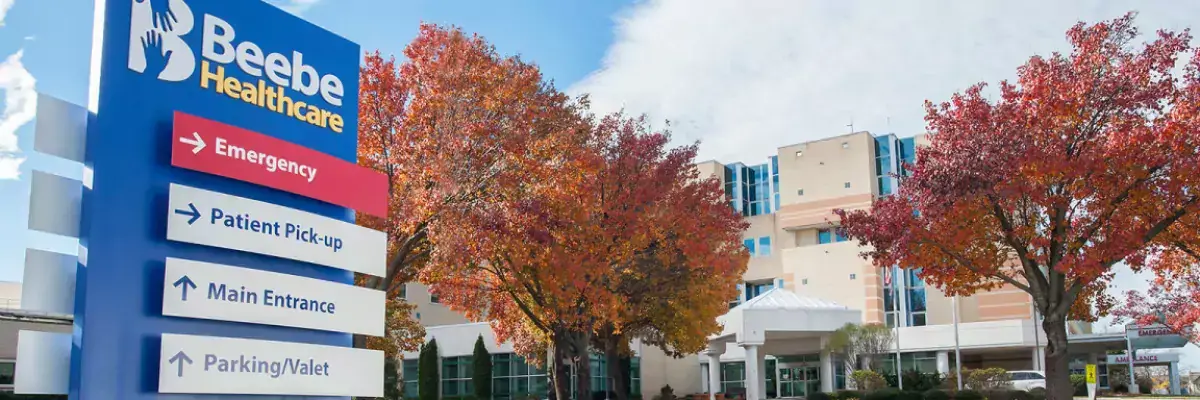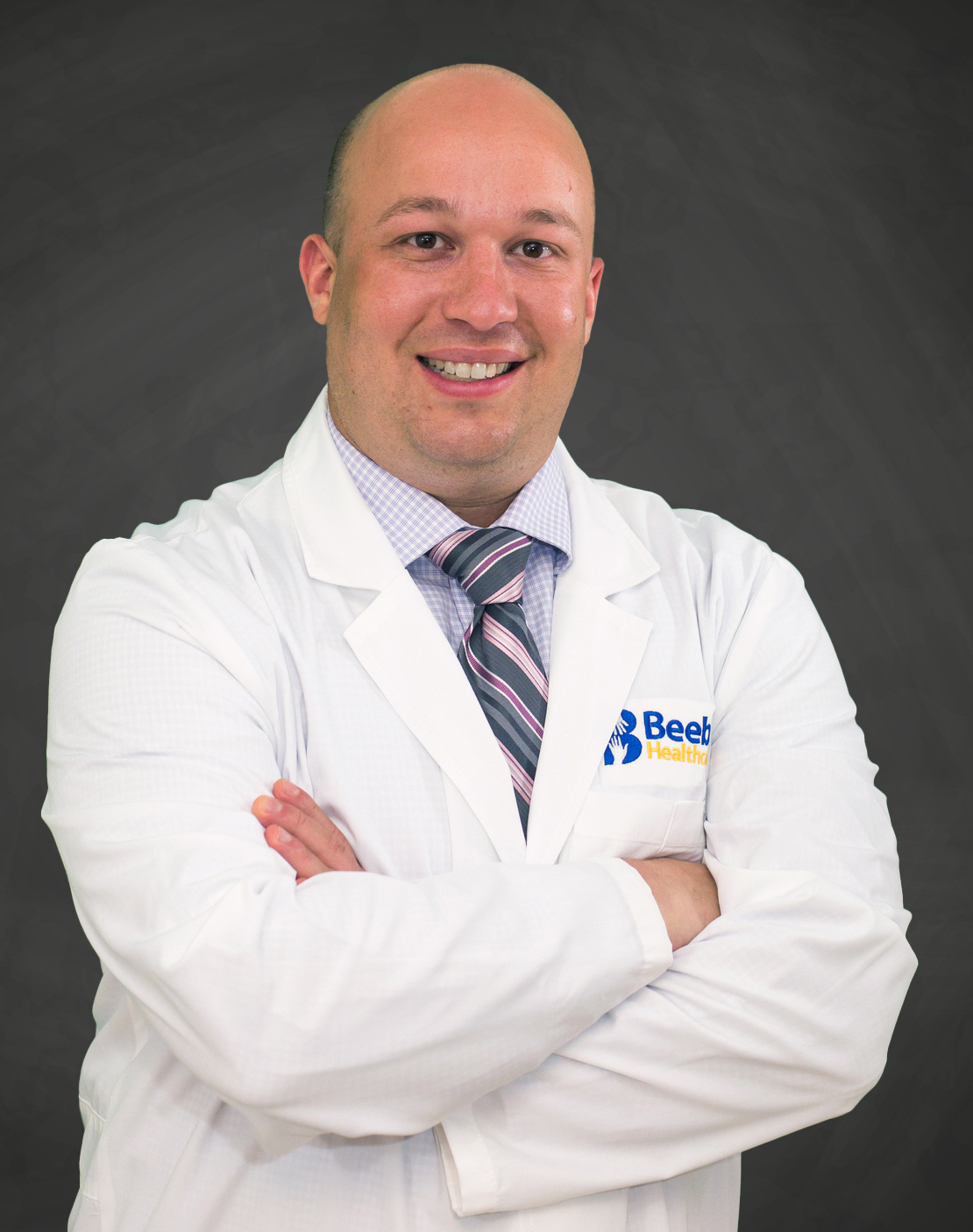Are you at risk for a stroke or ministroke?

May is Stroke Awareness Month
By Bobbi Hensey, BSN, RN, CCRN, Beebe Stroke Coordinator
Strokes often happen without warning. For many patients, they report having no symptoms prior to having a stroke.
For some, they experience what is called a ministroke. In most cases, having a ministroke means you are at a higher risk for a stroke and increases in adults 55 and over. It is a major warning sign about your health.
How do strokes happen?
Stroke and ministroke both occur because of the blood flow in your arteries. If you have buildup of plaques on the inside of your arteries, these areas can reduce the amount of blood that is able to flow through. If the buildup becomes so large that it stops the blood flow, then you can have a stroke.
If a piece of the plaque breaks off and travels into your brain, then you can also have a stroke.
With ministroke, it is the same process, however with ministroke, your blood flow is disrupted for a short amount of time – generally five minutes or less.
Ministrokes are often seen as a temporary condition. Patients who have a ministroke often get back to living their lives more quickly. They do not end up with the long-term disabilities that those who have stroke often experience.
However, it is important to know that if you had a ministroke, you should be more conscious about your higher risk of having a stroke.
Risk Factors for Stroke
Those with the following conditions or lifestyles are at higher risk for a stroke:
- High Blood Pressure
- Heart Disease
- Diabetes
- Atrial Fibrillation
- Smoking
- Obesity
- Sedentary lifestyle
- High Alcohol consumption
- Those who have had Transient Ischemic Attack (TIA) or ministroke

Know the Signs
The best way to have a positive outcome from a ministroke, TIA, or stroke is to get medical help immediately. If you or a loved one experience any of the following symptoms, do not hesitate – call 911 right away. Paramedics can start treatment and diagnosis right away on the way to one of two Beebe emergency departments in Lewes and near Millville.
Time is brain, so BE FAST.
- Balance. Is the patient off balance or having trouble walking?
- Eyes. Is the patient having blurry or double vision?
- Face. Is the patient’s smile lopsided?
- Arms. Is one side weaker or immobile?
- Speech. Is speech slurred or unclear?
- Time. Over one billion brain neurons die every minute without oxygen.
Learn more about Neurology and Stroke at Beebe: www.beebehealthcare.org/services/neurology-stroke.
DOWNLOAD THE STROKE AWARENESS CARD (PDF)
Bobbi-Lynn Hensey, BSN, RN, CCRN, Beebe Stroke Coordinator. She completed her associate degree in nursing at Delaware Technical Community College in 2014 followed by her bachelor’s degree in Nursing at Western Governors University in 2020. She earned her Critical Care Registered Nurse (CCRN) certification in 2019. She is currently working towards her Stroke Certified Registered Nurse (SCRN) and Certified Neuroscience Registered Nurse (CNRN) certifications. She started with Beebe in 2017, working in the ICU. She then moved to Southwest Florida where she worked on the Neurosurgical Intensive Care Unit at Gulf Coast Medical Center in Fort Myers for 18 months before returning to the Early Nursing Intervention Team at Beebe in January 2020. She moved into the Stroke Coordinator position in October 2020.



